A New Concept for Data Management
The term data fabric, originally coined by Gartner, essentially refers to an architectural approach for simplifying and integrating data, and making this data easily accessible across an organization. A relatively new concept, a data fabric architecture “weaves together” data from various environments – stored in on-premise, cloud, and hybrid applications. It provides a single, secure, and unified view for managing the company’s information. In this blog, we explain briefly why data fabrics are relevant in today’s world and how they can help companies overcome data complexity challenges and remain competitive.

From a Siloed Approach to Seamless Integration
Over recent years, companies have been faced with the dilemma of big data and ever-growing volumes of data stored at multiple locations, often leading to a siloed approach. Structured and unstructured data in siloes are difficult to manage and integrate, and companies can very easily lose sight of their data and data quality. By failing to integrate and analyze it, the data becomes redundant and the company misses out on opportunities to obtain key operational insights. Data fabrics provide a holistic approach for integrating data seamlessly across data silos and other external sources. This data is then made available to the system users in real time, in a unified view, regardless of where they are in the world, contributing towards an enhanced user and customer experience.
Reduced Complexity and Faster Digital Transformation
A data fabric architecture operates as a data operational layer that interfaces with the various platforms and applications across a distributed landscape, bringing all the data together. By integrating the data, overall data complexity is reduced for the organization, allowing data to be viewed and accessed in one place. In a data fabric, data collection, governance, and consumption are all automated and simplified, and data can be accessed and processed in real time. The benefits of this are manifold, with enterprises able to leverage their data to generate meaningful insights, derive maximize value, increase productivity, and accelerate their digital transformation.
How JiVS IMP Fits Into a Data Fabric Strategy
JiVS is the information management platform from DMI that interfaces with any number of source systems and simplifies the transition to an SAP S/4HANA or other ERP system environment. By separating historical data from operational data, it fits well into the wider strategy of a data fabric concept, feeding relevant, high-quality data into the target system environment. The One Click Transformation approach from DMI further simplifies the provision of this data, which users can then access quickly and easily.
Embracing a data fabric architecture and incorporating it into the enterprise’s digital transformation strategy not only means reduced data complexity, it also plays a part in improving the customer and user experience. Information management platforms can form a central component in data fabric environments. With JiVS IMP, for example, historical and operational data are separated, and high-quality data is supplied that can be used to derive usable insights. With data managed dynamically and intelligently, and made available in real time, enterprises can become data-driven and secure a competitive advantage.


